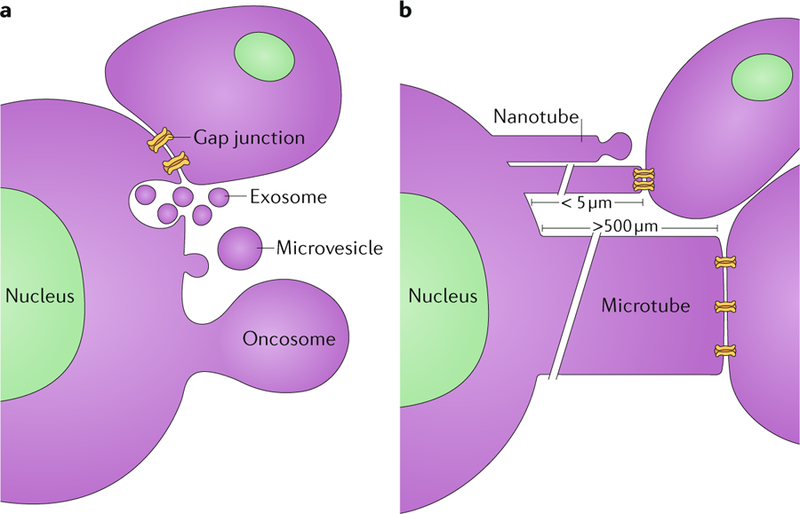Fig. 2 |. Routes of communication between tumour cells and cells in their environs.

a | Gap junctions (24 nm in diameter) form across the adjacent membranes of cells that are in physical contact, enabling the passage of small molecules. Cells also release exosomes (50–100 μm) from multivesicular bodies that fuse with the plasma membrane. In addition, microvesicles (100–200 μm) and even large oncosomes (1–10 μm) bud off from the plasma membrane and can interact with and be taken up by other cells. b | Tunnelling nanotubes (50–200 nm in width and up to 5 μm in length) extend out from cells and can either bud off vesicles at their tips or form gap junctions with other cells. Microtubes extend out from tumour cells (1–2 μm in width and >500 μm in length) and can form gap junctions with other cells.
